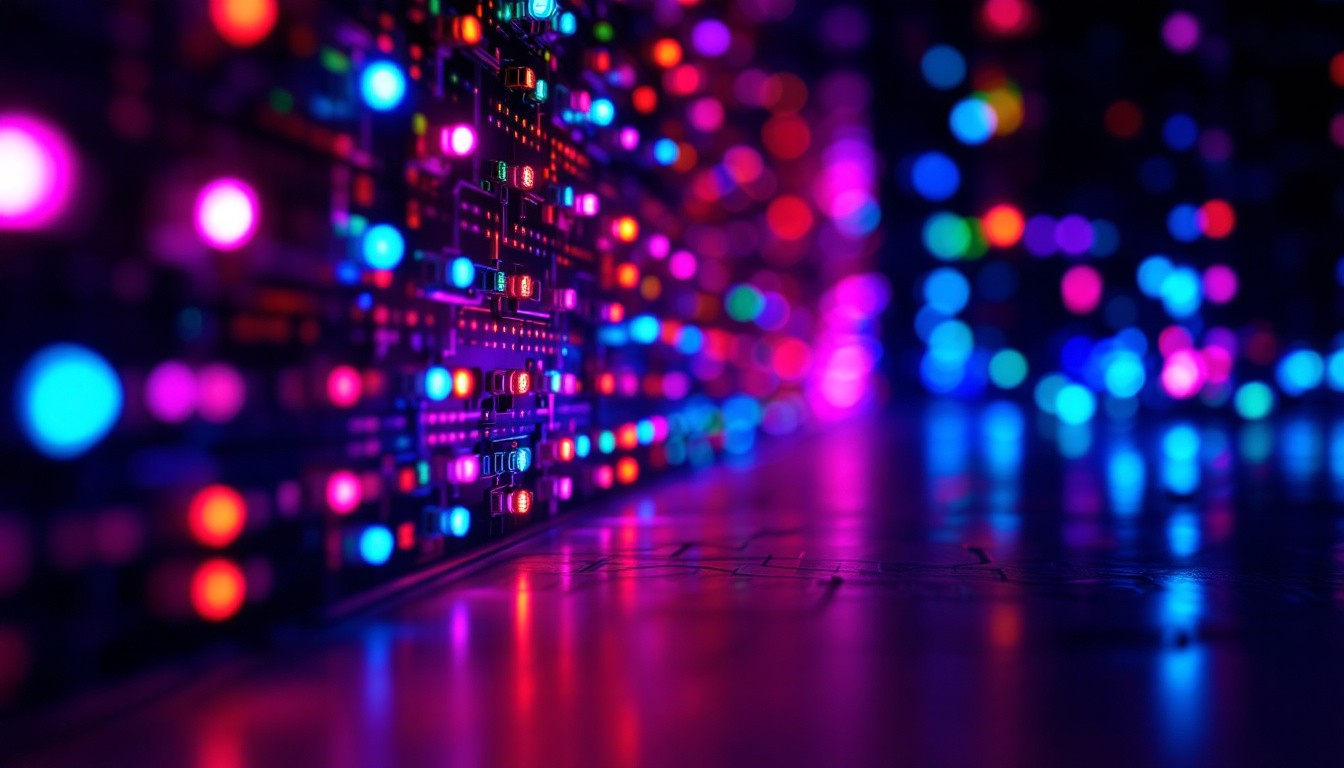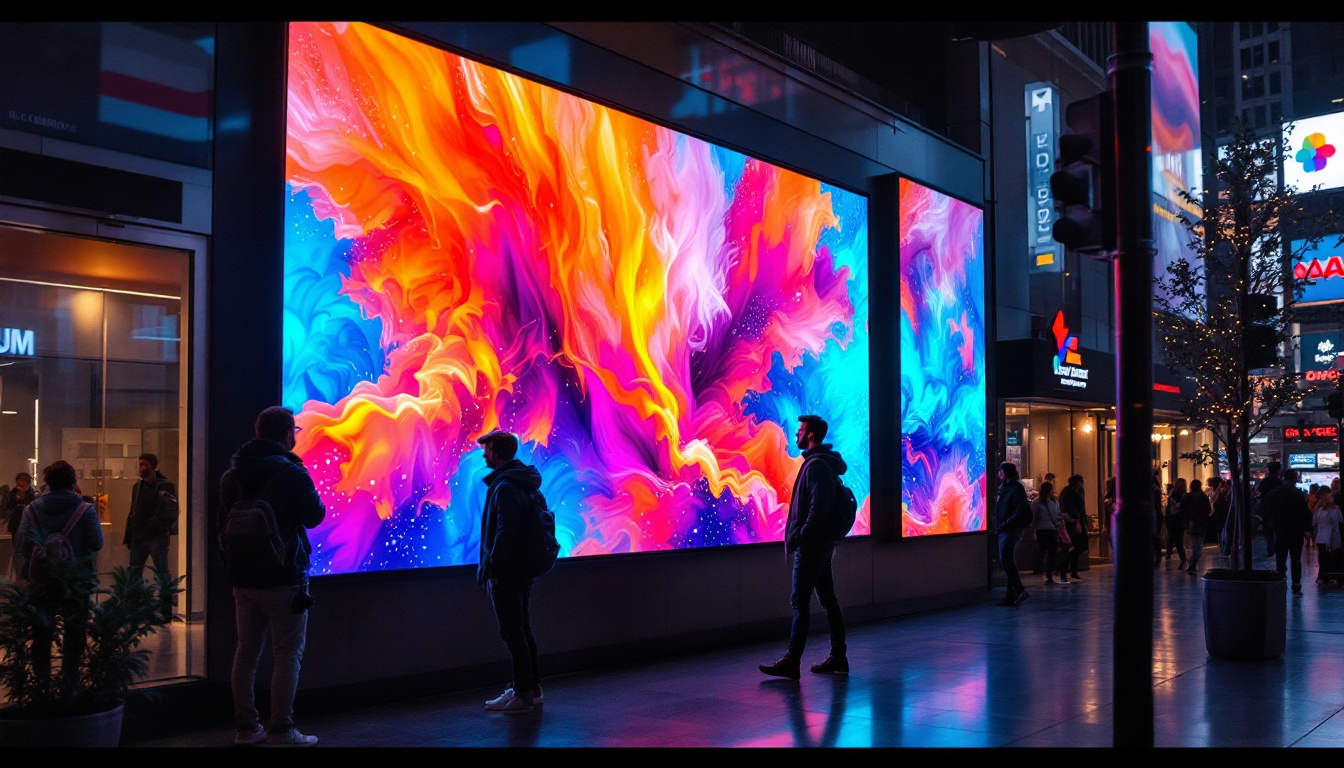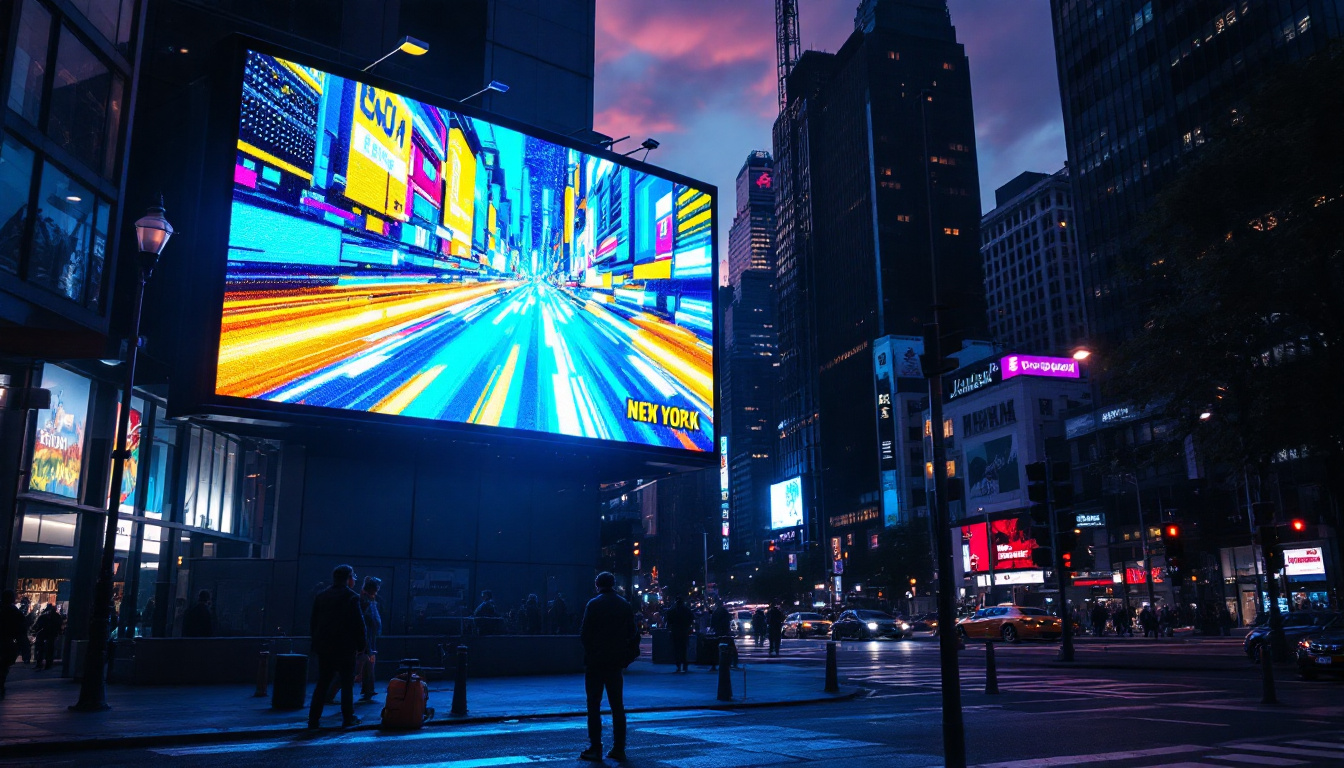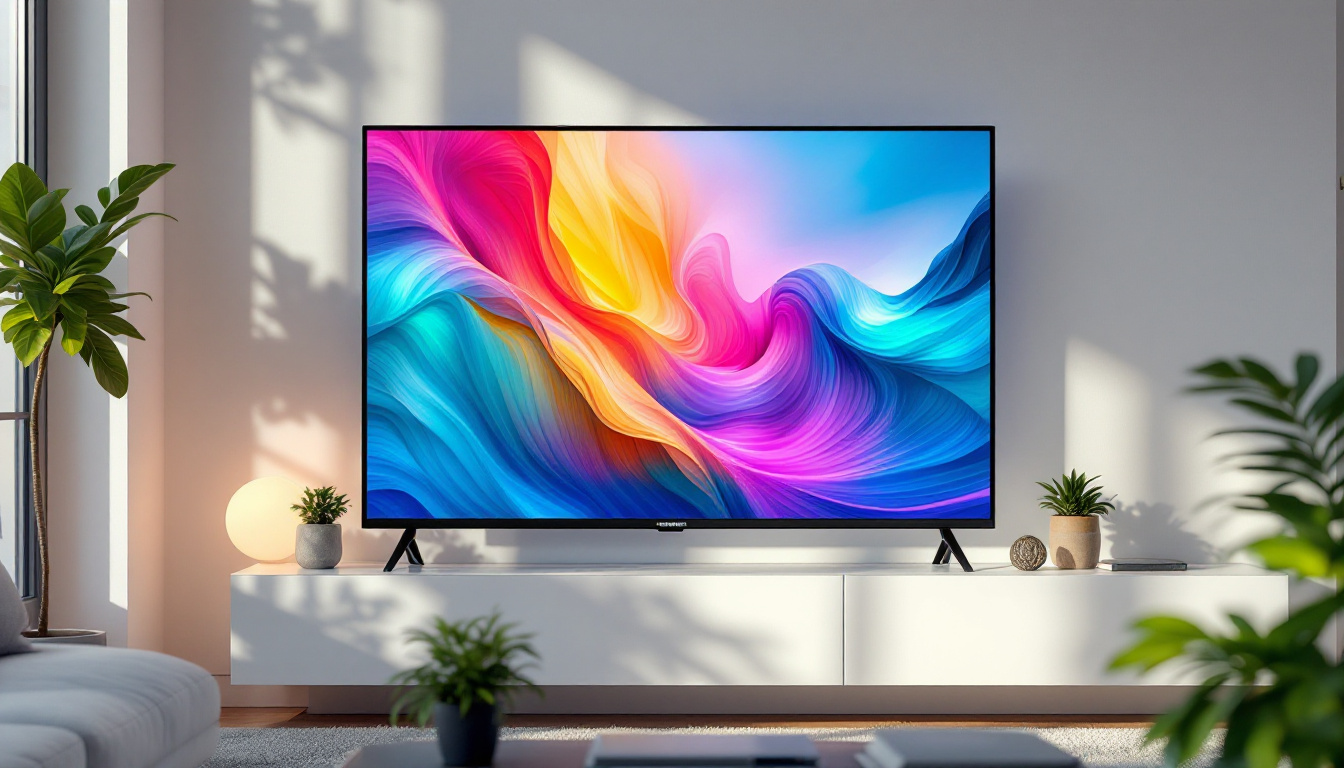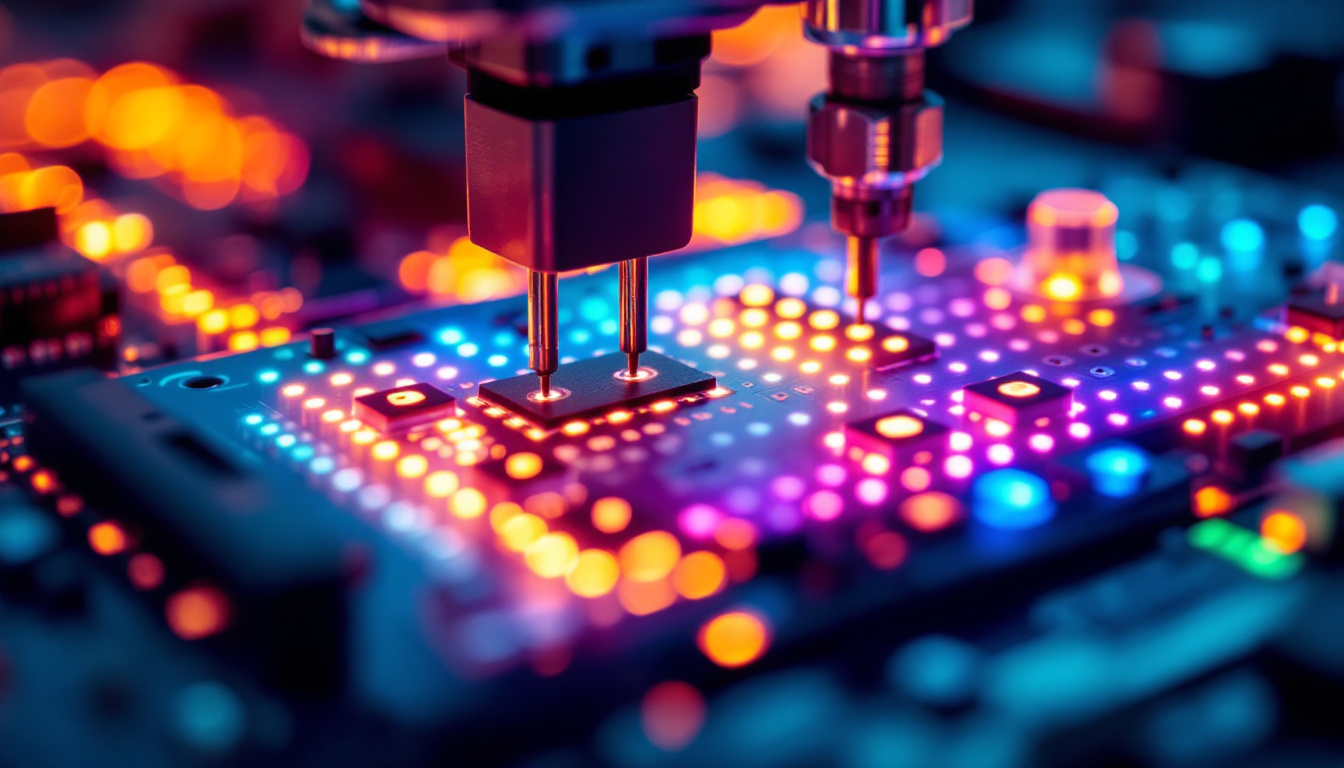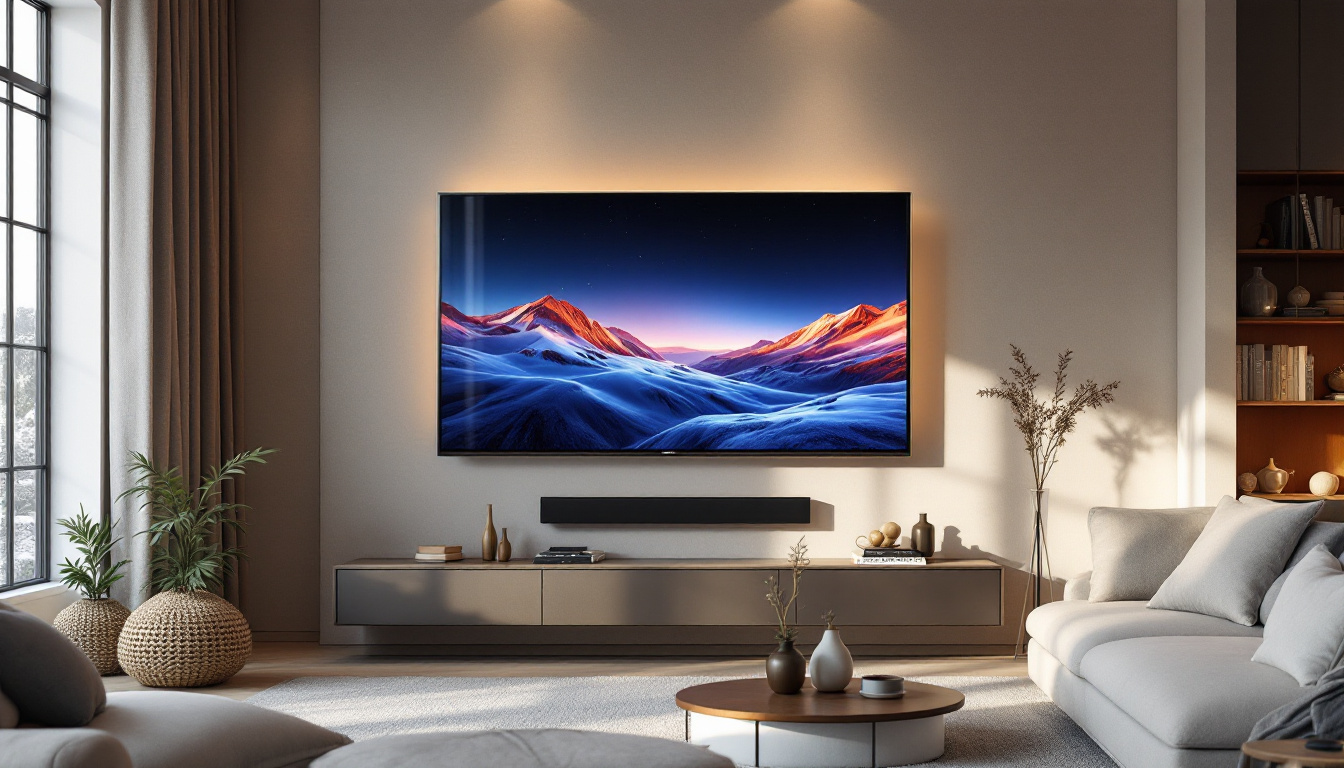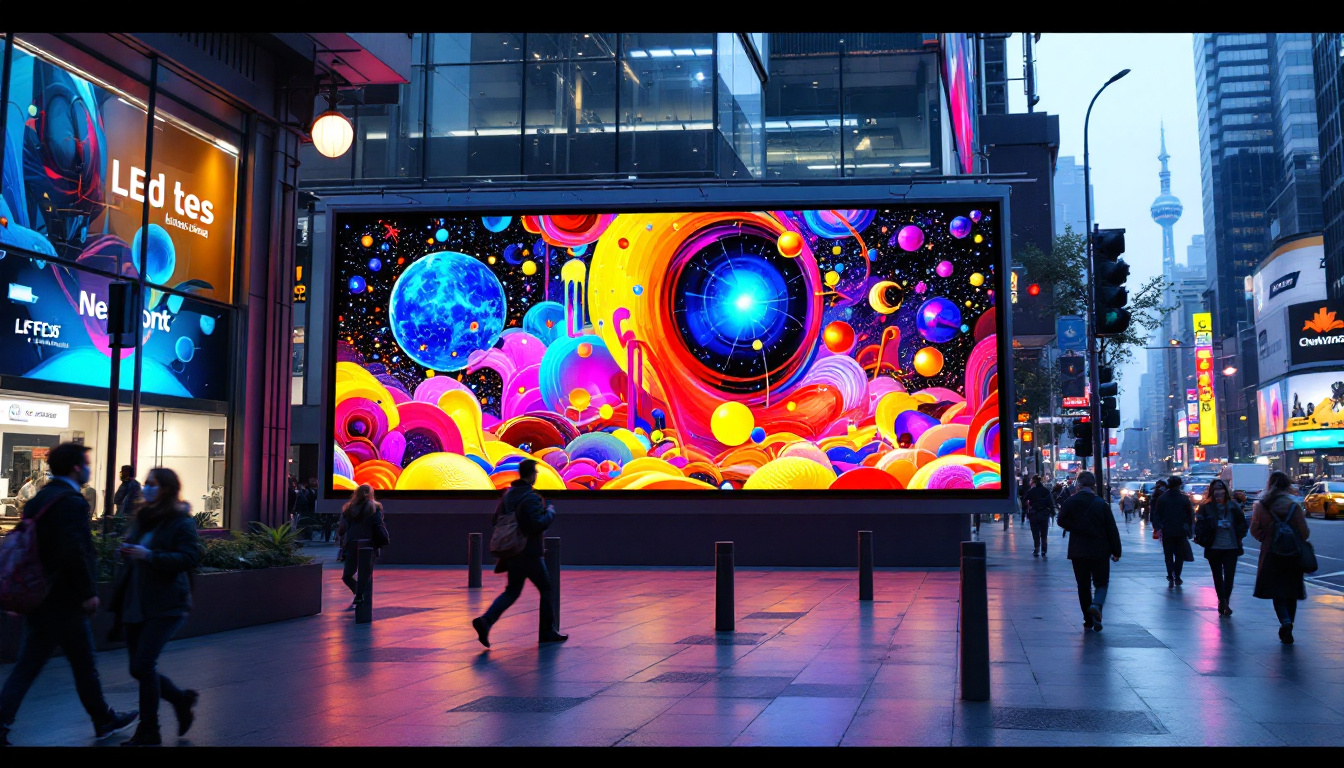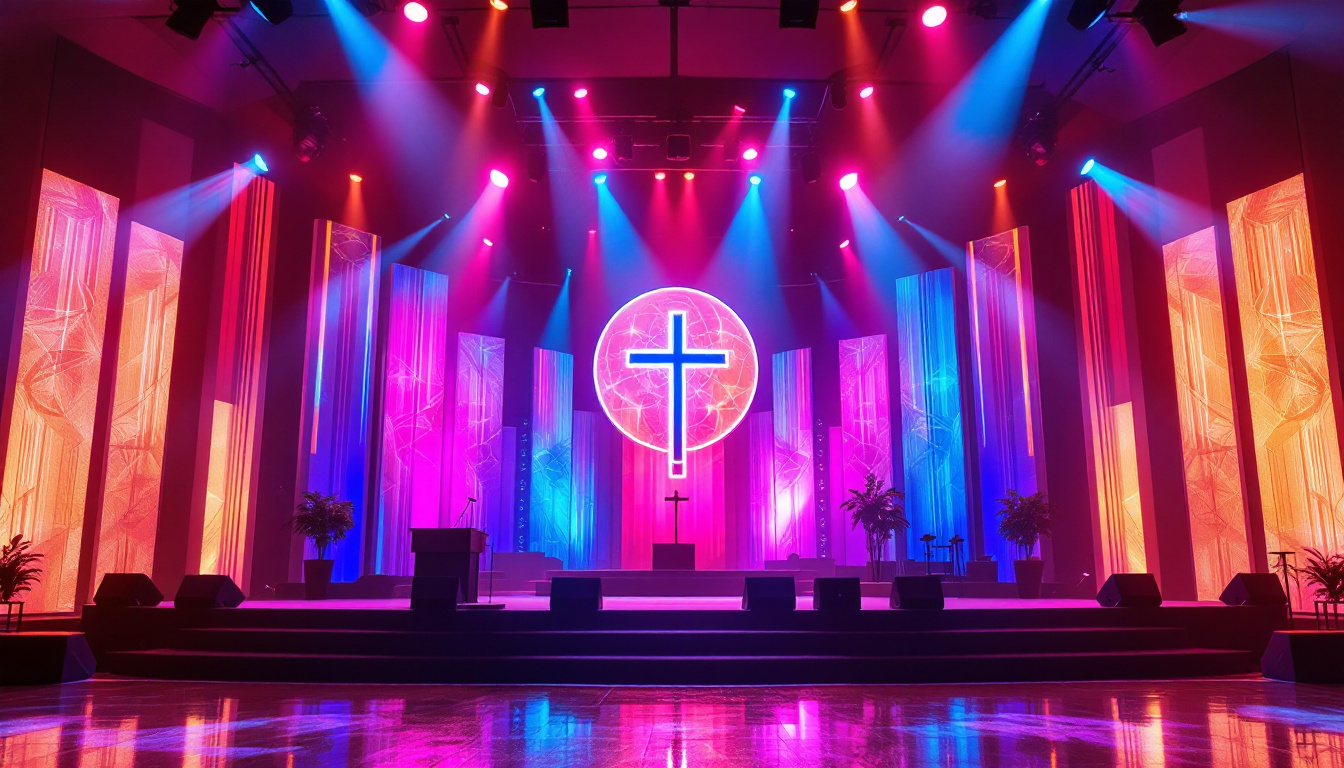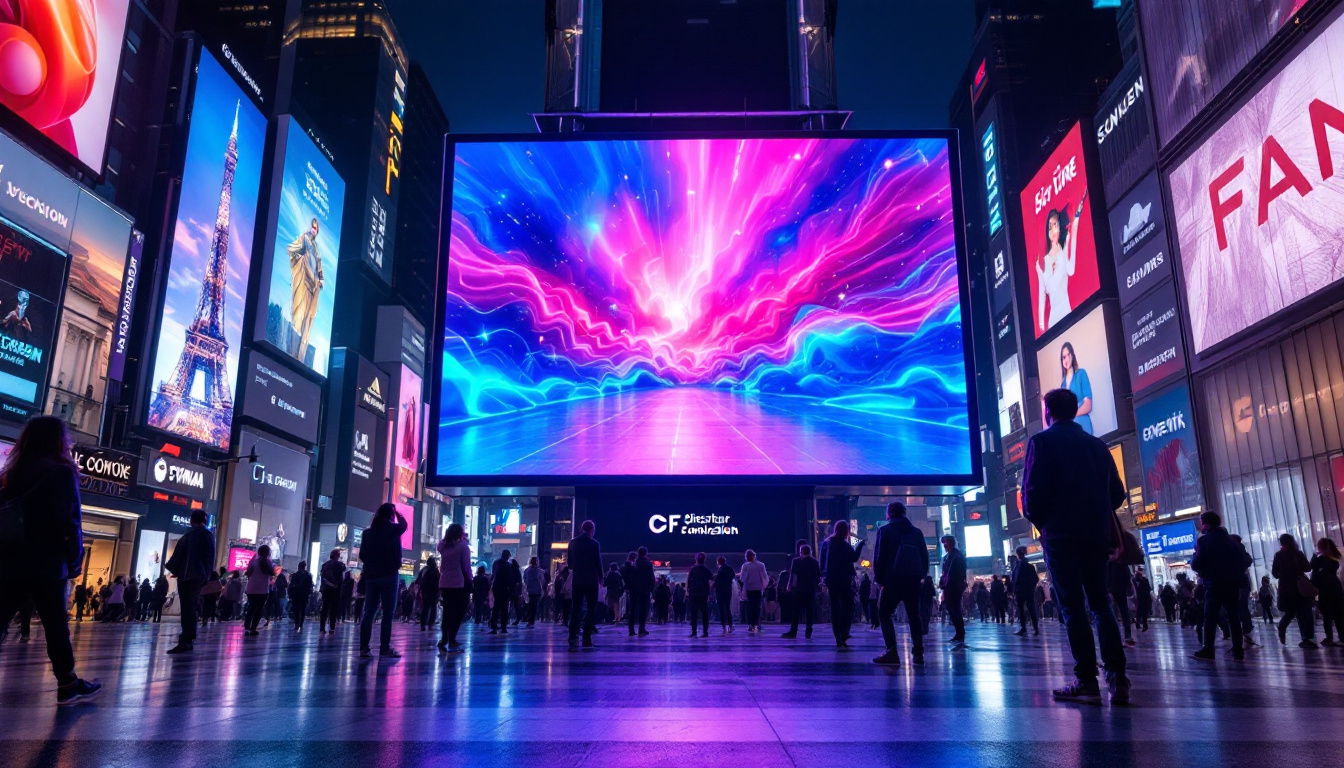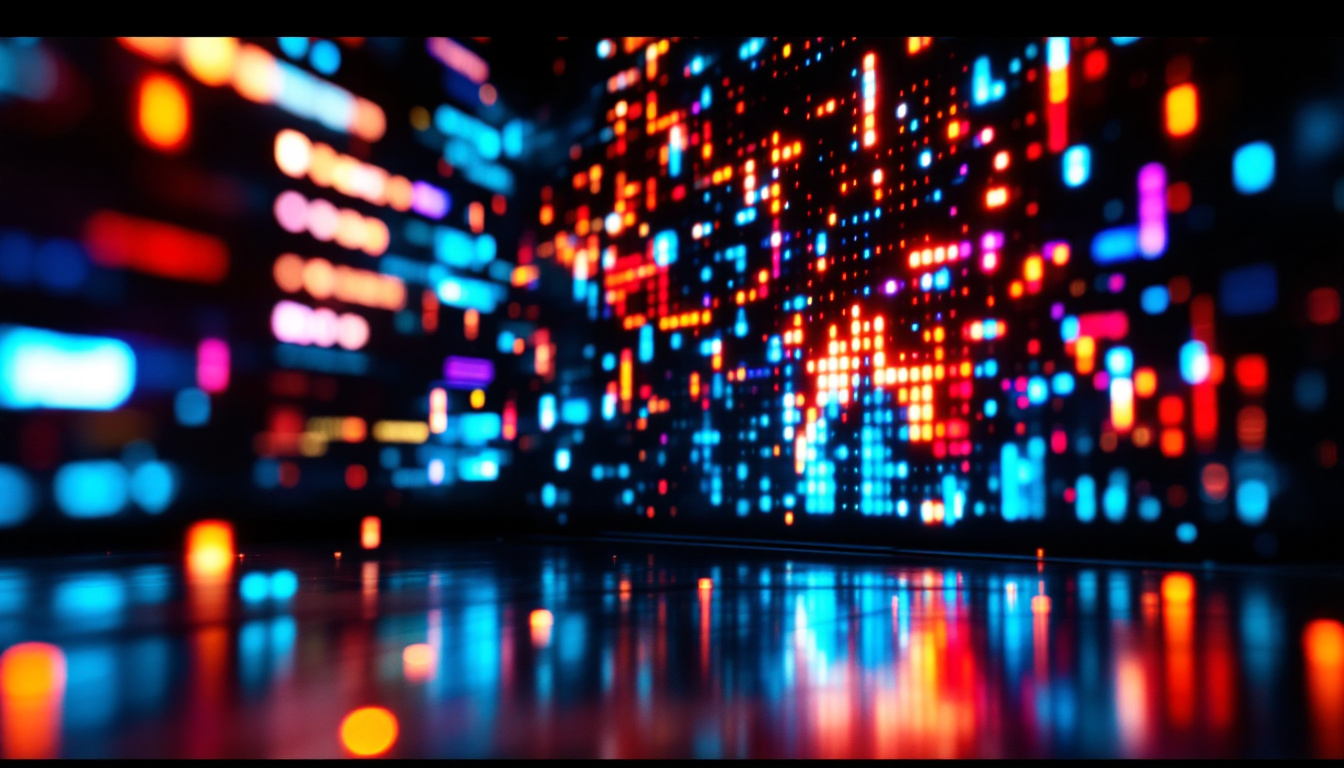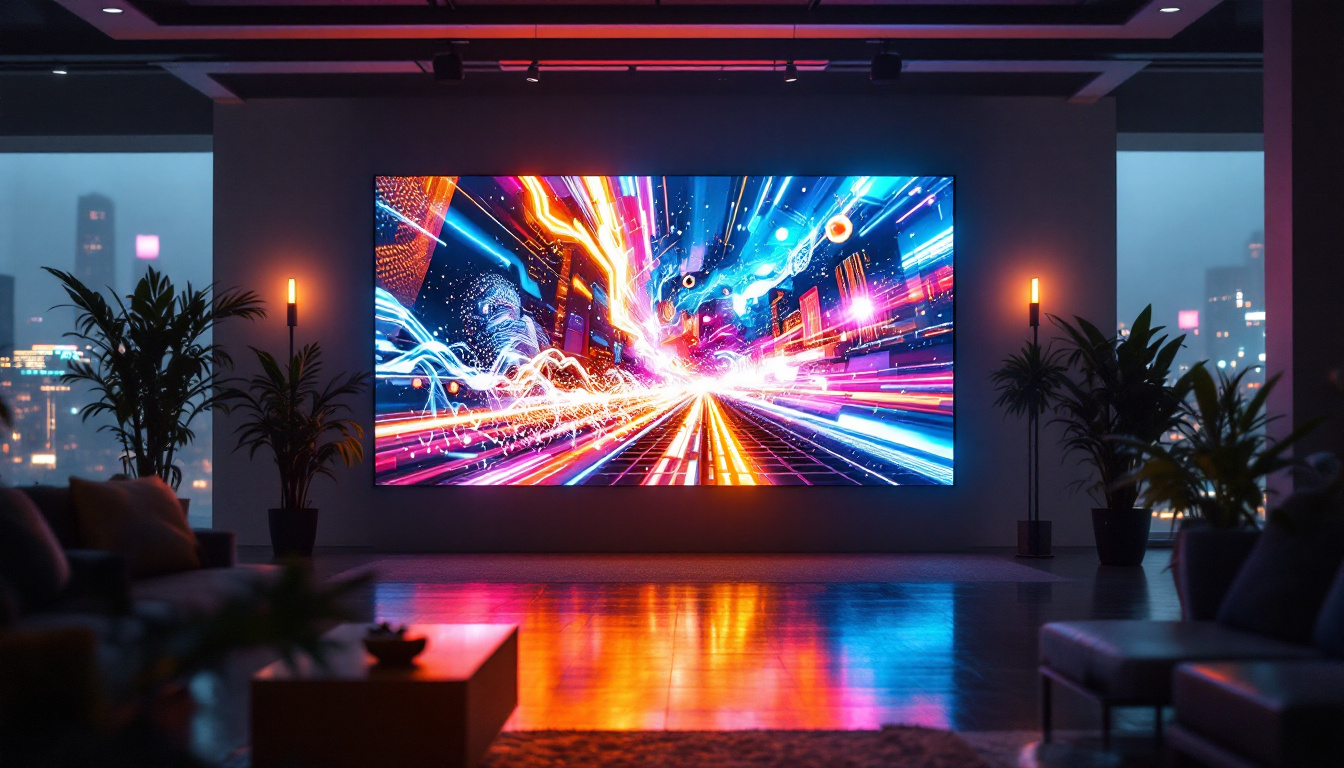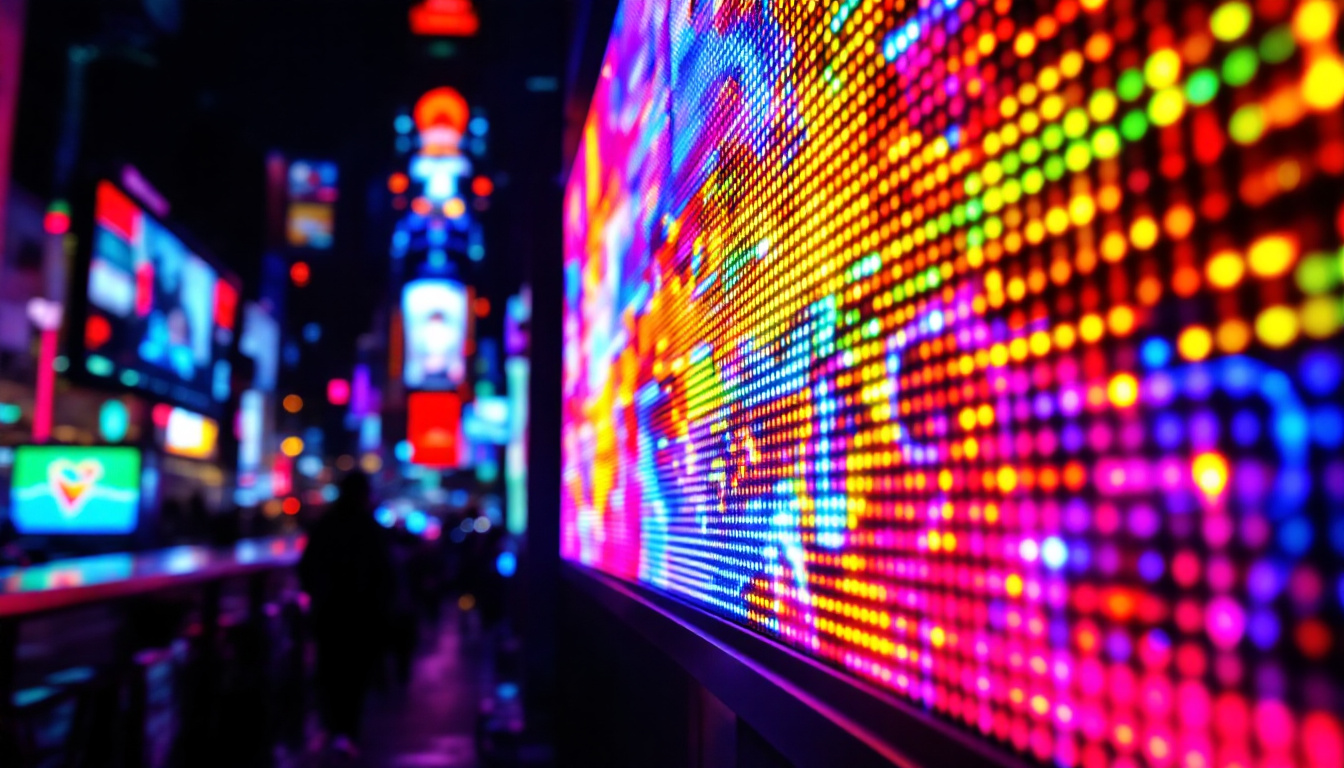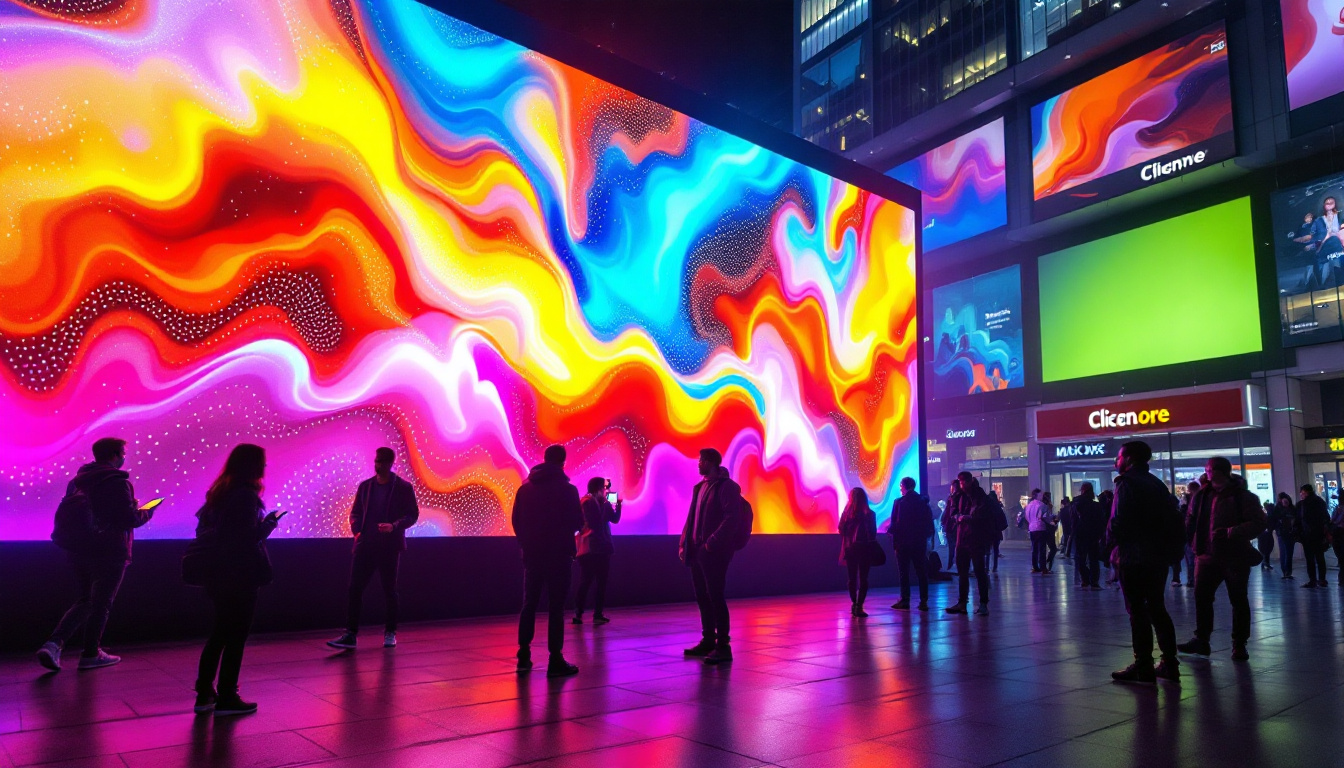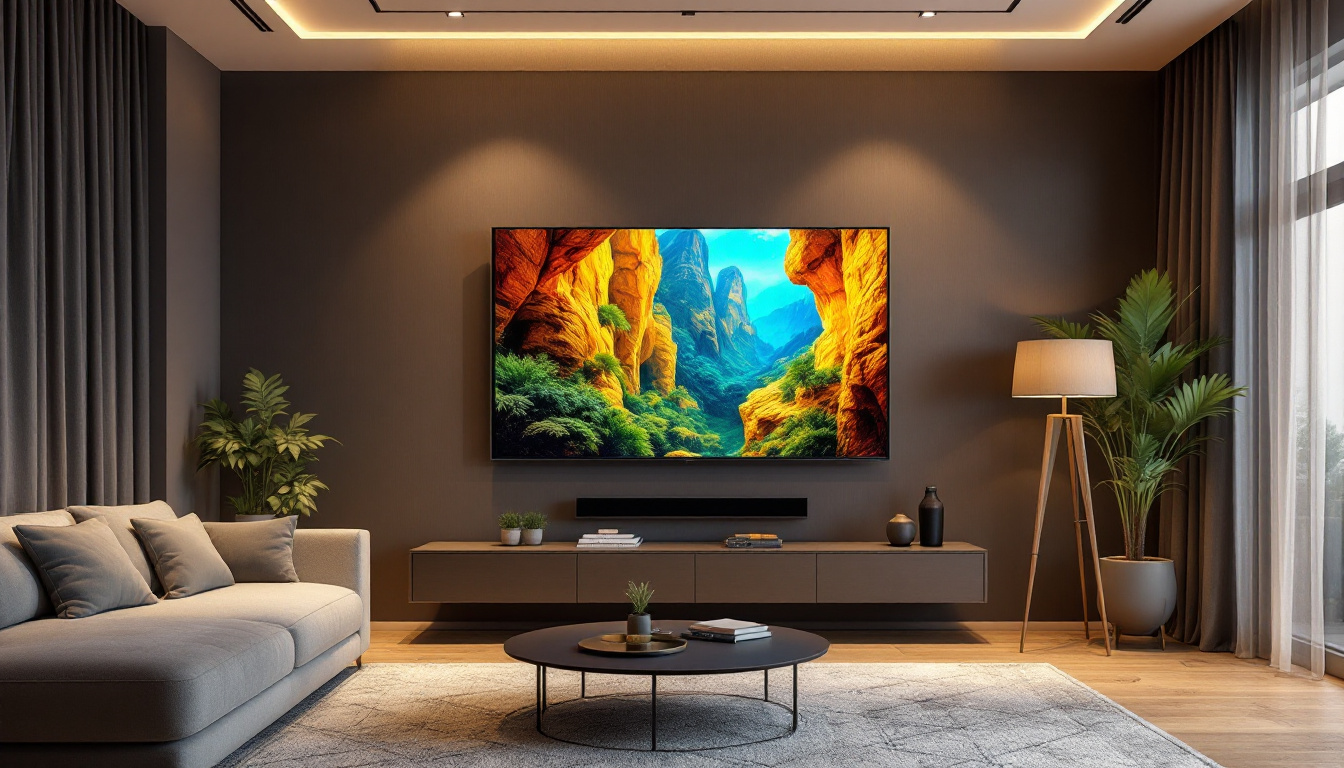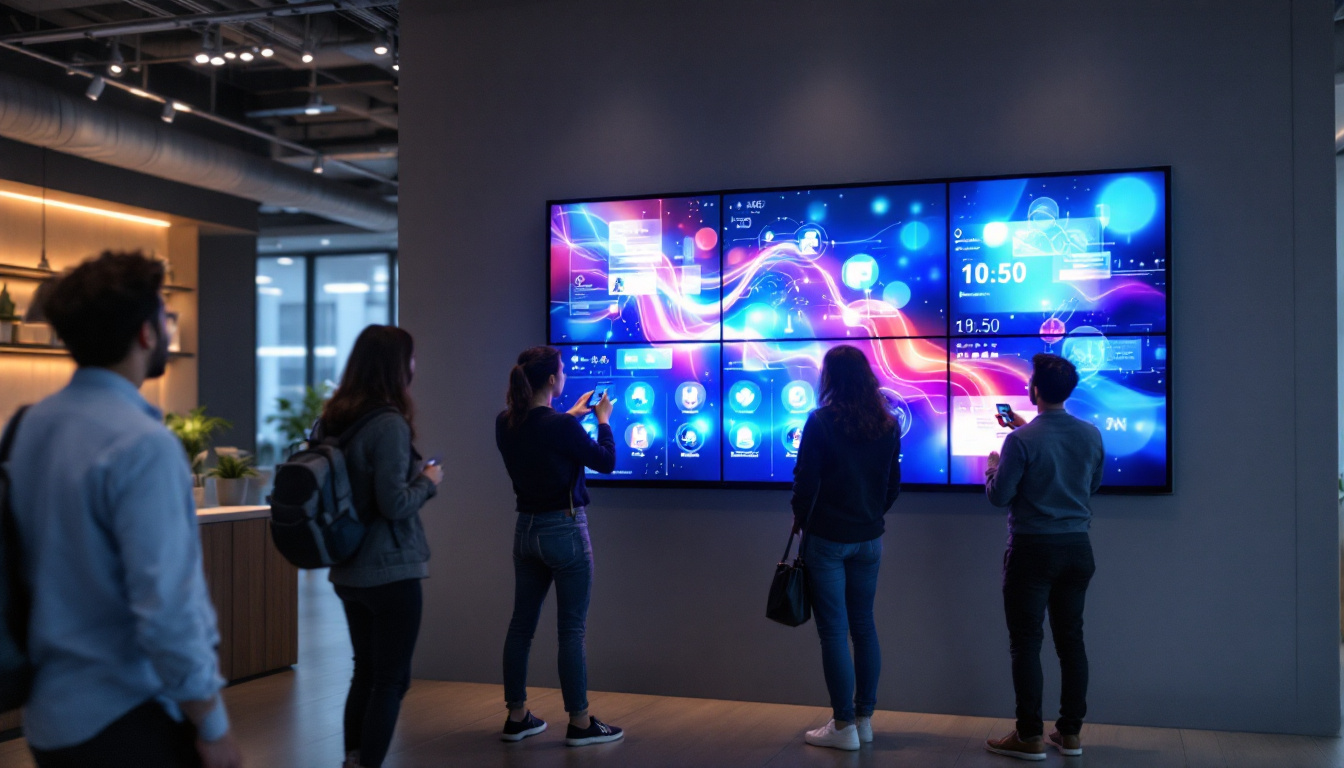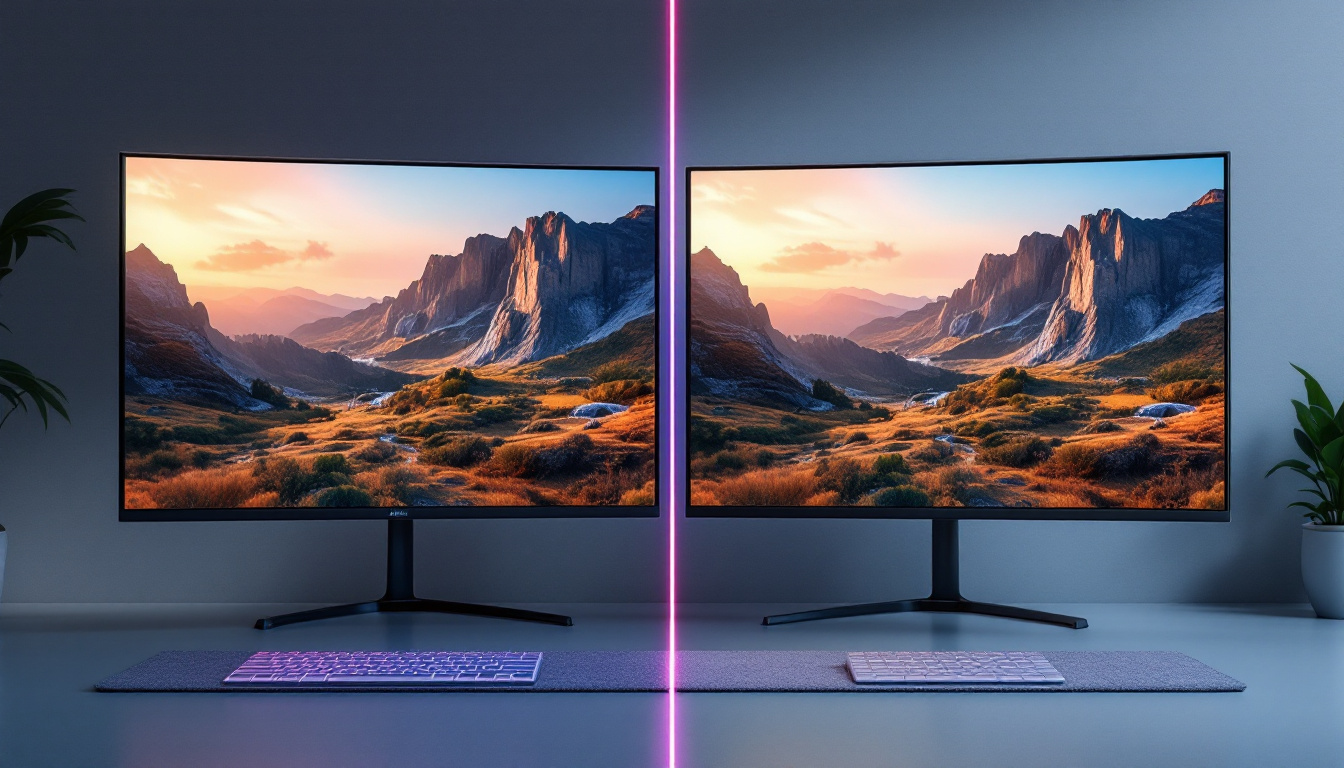In recent years, the integration of technology into everyday lighting solutions has transformed the way we illuminate our spaces. Among these innovations, Power over Ethernet (PoE) LED lights have emerged as a game-changer, combining energy efficiency with advanced display capabilities. This article delves into the intricacies of PoE LED lights, exploring their functionality, benefits, and applications in various settings.
Understanding PoE Technology
Power over Ethernet (PoE) technology allows electrical power and data to be transmitted over standard Ethernet cables. This innovation simplifies the installation of networked devices, reducing the need for separate power supplies and outlets. By integrating power and data transmission into a single cable, PoE not only streamlines setups but also enhances the flexibility of device placement, making it a popular choice in modern network design.
How PoE Works
At its core, PoE operates through a system of powered devices (PD) and power sourcing equipment (PSE). The PSE, often a PoE switch or injector, supplies power to the PD, which can be anything from IP cameras to LED lights. By utilizing twisted-pair cabling, PoE can deliver power up to 100 meters, making it ideal for various applications. This distance capability allows for the deployment of devices in hard-to-reach areas without the hassle of additional electrical outlets, which is particularly beneficial in large buildings or outdoor environments.
The technology adheres to several IEEE standards, including 802.3af, 802.3at, and 802.3bt, each offering different power levels. For instance, the 802.3af standard provides up to 15.4 watts per port, while the 802.3bt can deliver up to 60 watts, accommodating more power-hungry devices. This flexibility in power delivery ensures that a diverse range of devices can be supported, from basic network equipment to advanced surveillance systems, making PoE a versatile solution for various industries.
Benefits of PoE Technology
The advantages of PoE technology extend beyond mere convenience. One of the primary benefits is the reduction in installation costs. Since PoE eliminates the need for additional electrical wiring, it significantly cuts down on labor and material expenses. Furthermore, the centralized management of power through a switch enhances energy efficiency, allowing for better monitoring and control. This centralized approach not only simplifies troubleshooting but also enables network administrators to easily manage power consumption, reducing waste and lowering energy bills.
Additionally, PoE systems are inherently scalable. As the needs of a space evolve, adding or relocating devices becomes a straightforward task, requiring only the reconfiguration of network cables rather than extensive electrical work. This scalability is particularly advantageous in dynamic environments like offices or retail spaces, where technology needs may change rapidly. Moreover, PoE can support a variety of devices beyond just lighting and surveillance, including VoIP phones and wireless access points, further enhancing its utility in creating a comprehensive and adaptable network infrastructure.
Introduction to LED Displays
LED displays have revolutionized visual communication, providing vibrant, high-resolution imagery that captures attention. These displays are widely used in various applications, from advertising billboards to informational signage in public spaces.
What is an LED Display?
LED, or Light Emitting Diode, displays utilize semiconductor technology to produce light. Unlike traditional display technologies, such as LCD or CRT, LED displays are more energy-efficient and offer superior brightness and contrast. This makes them particularly effective for outdoor use, where visibility is crucial.
LED displays can be categorized into two main types: direct view and backlit. Direct view LED displays consist of an array of individual LEDs that form the image, while backlit displays use LEDs to illuminate an LCD panel from behind. The direct view technology allows for thinner designs and more flexible installations, making it ideal for creative applications such as curved screens and large-scale video walls.
Applications of LED Displays
The versatility of LED displays allows them to be employed in a myriad of settings. In retail environments, they serve as dynamic advertising tools, showcasing promotions and products in real-time. In transportation hubs, LED displays provide essential information, such as flight schedules and train arrivals, enhancing the passenger experience.
Moreover, LED displays are increasingly utilized in corporate settings for presentations and video conferencing, where clarity and brightness are paramount. Their ability to integrate with digital signage systems further amplifies their utility, allowing for seamless updates and content management. In addition to these applications, LED displays are also making strides in the entertainment industry, where they are used in concerts and events to create immersive experiences. Large-scale LED screens can display stunning visuals that enhance performances, drawing audiences into the action and creating a more engaging atmosphere.
Furthermore, the rise of smart cities is propelling the adoption of LED technology in urban environments. Smart LED displays can interact with mobile devices, providing personalized information to users and adapting content based on real-time data. This capability not only enhances user engagement but also allows cities to communicate important messages, such as emergency alerts or public service announcements, more effectively. As technology continues to evolve, the potential applications for LED displays seem limitless, paving the way for innovative solutions in both commercial and public sectors.
Combining PoE with LED Displays
The integration of PoE technology with LED displays marks a significant advancement in both lighting and visual communication. This combination not only streamlines installation but also enhances functionality and flexibility.
Advantages of PoE LED Displays
One of the most notable advantages of PoE LED displays is the reduction in cabling complexity. By utilizing a single Ethernet cable for both power and data, installation becomes less cumbersome, especially in large-scale deployments. This is particularly beneficial in environments where aesthetics are important, as fewer cables mean a cleaner look.
Additionally, PoE LED displays can be easily managed and monitored through a centralized network system. This allows for real-time updates and diagnostics, ensuring that any issues can be quickly addressed. Furthermore, the energy efficiency of PoE contributes to lower operational costs, making it an attractive option for businesses.
Use Cases for PoE LED Displays
PoE LED displays find applications across various sectors. In educational institutions, they can be used as interactive learning tools, displaying multimedia content that engages students. In healthcare settings, these displays can provide critical information to patients and visitors, enhancing communication and improving the overall experience.
In smart cities, PoE LED displays can serve as digital kiosks, offering information about local events, transportation, and services. Their ability to connect to the internet allows for real-time updates, making them a valuable asset in urban planning and management.
Installation Considerations for PoE LED Displays
While the benefits of PoE LED displays are clear, proper installation is crucial to maximize their potential. Several factors must be taken into account to ensure optimal performance and longevity.
Choosing the Right Equipment
When selecting PoE LED displays, it is essential to consider the power requirements and compatibility with existing network infrastructure. Not all displays are created equal; some may require higher power levels or specific PoE standards. Ensuring that the PSE can meet these requirements is vital for seamless operation.
Additionally, the choice of Ethernet cabling plays a significant role in performance. Using high-quality, Category 5e or Category 6 cables is recommended to support the necessary bandwidth and power delivery.
Network Configuration
Proper network configuration is another critical aspect of installation. Setting up the PoE switch to prioritize power delivery and manage bandwidth effectively can prevent potential issues. Network administrators should ensure that the switch can handle the total power load of all connected devices while maintaining optimal data transmission speeds.
Furthermore, implementing security measures, such as VLANs and access controls, can protect the network from unauthorized access and ensure the integrity of the data being transmitted.
Future Trends in PoE LED Technology
The landscape of PoE LED technology is continually evolving, driven by advancements in both lighting and networking. As businesses and consumers alike seek more efficient and versatile solutions, several trends are emerging.
Enhanced Smart Features
One of the most exciting trends is the integration of smart features into PoE LED displays. With the rise of the Internet of Things (IoT), these displays can be equipped with sensors and connectivity options that allow for more interactive and responsive experiences. For example, displays can adjust their brightness based on ambient light conditions or display personalized content based on user interactions.
Moreover, the ability to collect and analyze data from these displays can provide valuable insights into user behavior and preferences, enabling businesses to tailor their marketing strategies effectively.
Increased Energy Efficiency
As sustainability becomes a priority for many organizations, the demand for energy-efficient lighting solutions is on the rise. PoE LED technology is well-positioned to meet this demand, offering lower energy consumption compared to traditional lighting options. Future developments may further enhance energy efficiency through improved LED technology and smarter power management systems.
Additionally, the integration of renewable energy sources, such as solar power, with PoE systems could pave the way for even more sustainable lighting solutions.
Conclusion
PoE LED lights represent a significant advancement in lighting and display technology, offering a host of benefits that enhance functionality, efficiency, and aesthetics. As the world continues to embrace smart technology, the integration of PoE with LED displays will likely become increasingly prevalent across various sectors.
From simplifying installations to enabling real-time updates and data management, the advantages of PoE LED lights are clear. As technology evolves, staying informed about these innovations will be crucial for businesses and consumers alike, ensuring that they can leverage the full potential of this transformative technology.
In summary, the future of PoE LED displays is bright, paving the way for smarter, more efficient lighting solutions that meet the demands of modern society.
Discover the Future of LED Displays with LumenMatrix
Embrace the cutting-edge of PoE LED display technology with LumenMatrix, where innovation meets visual brilliance. Our extensive range of LED display solutions, from Indoor and Outdoor LED Walls to Custom and All-in-One LED Displays, is designed to captivate and engage your audience. Whether you’re looking to enhance brand visibility or create immersive visual experiences, LumenMatrix is your partner in revolutionizing visual communication. Check out LumenMatrix LED Display Solutions today and step into the future of smart, efficient lighting and display technology.

